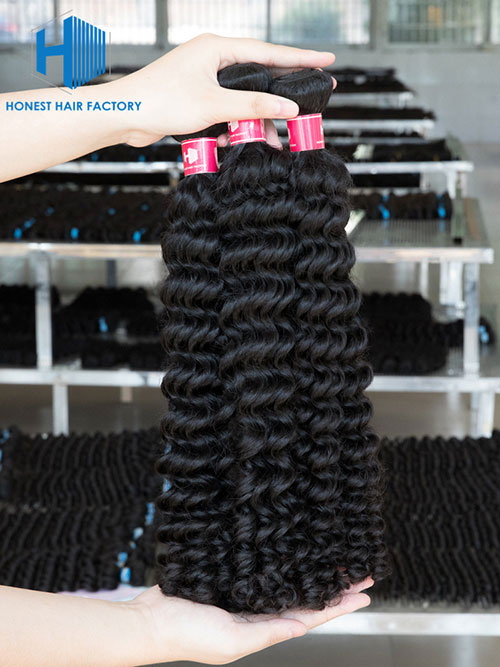Blogs
Looking for the old Kontakan site? It has been moved to Berkada.com.
Grow your friends list in Kontakan. Invite your friends to join our site! Click here to send an invitation.
What is the reason for having so many different types of hair?
You should be aware that the term "human hair" refers to any type of hair derived from humans and is not exclusive to that type. When it comes to human hair, there are many different types, which is what makes it so difficult to choose. The classification of human hair can be complicated when it comes to types.
Hair extensions are made from a variety of different types of hair. Human hair and synthetic hair are the two most common types of raw materials, according to common sense.
Additionally, human hair can be classified into three types: non-remy human hair, remy human hair, and virgin human hair. In addition, there are several types of synthetic hair available, including Toyokalon fiber, polupropylene fiber, and kanekalon fiber, among others.
Individuals who have donated their hair to be used in human hair extensions are simply that: individuals who have donated their hair.
in accordance with hair country
In the first place, the texture of the strands is heavily influenced by the region from which they are sourced. For example, Indian virgin hair bundles, Peruvian hair, Malaysian hair, and so forth. . Because the origin is associated with each of these categories, the natural appearance and texture are influenced by them.

The texture of one's hair is important
There are many different types, such as body wave, curly, straight, deep weave, loose, and so on and so forth. Other than straight, wavy, curly, and frizzy human hair, what are the different types of human hair? actually has a number and then a letter to distinguish it from the rest of the hair. 1a hair is flat and straight, whereas 3c hair is tight and coily. If I remember correctly, it goes all the way up to 4c! Depending on how you want to describe your hair, it could be "frizzy" or "wavy. "
In any case, quality is influenced by a number of factors, not just the source. The method used to collect the hair has an impact on the overall appearance and quality of your extensions as well.
To summarize, REMY is a technique similar to that described above and is, without a doubt, the most effective of them all. Remy hair is distinguished by the fact that it has been collected without the loss of its cuticles and without altering its natural direction.
Remy is typically collected from temples and other locations where people have given their hair voluntarily to the cause. Non-remy ones are more likely to be found in hair brushes and salon waste bins than they are in natural hair. As a result, they may not be in the best of health.
Topics:
peruvian hair
Be the first person like this
Be the first person to like this.
Be the first person like this






